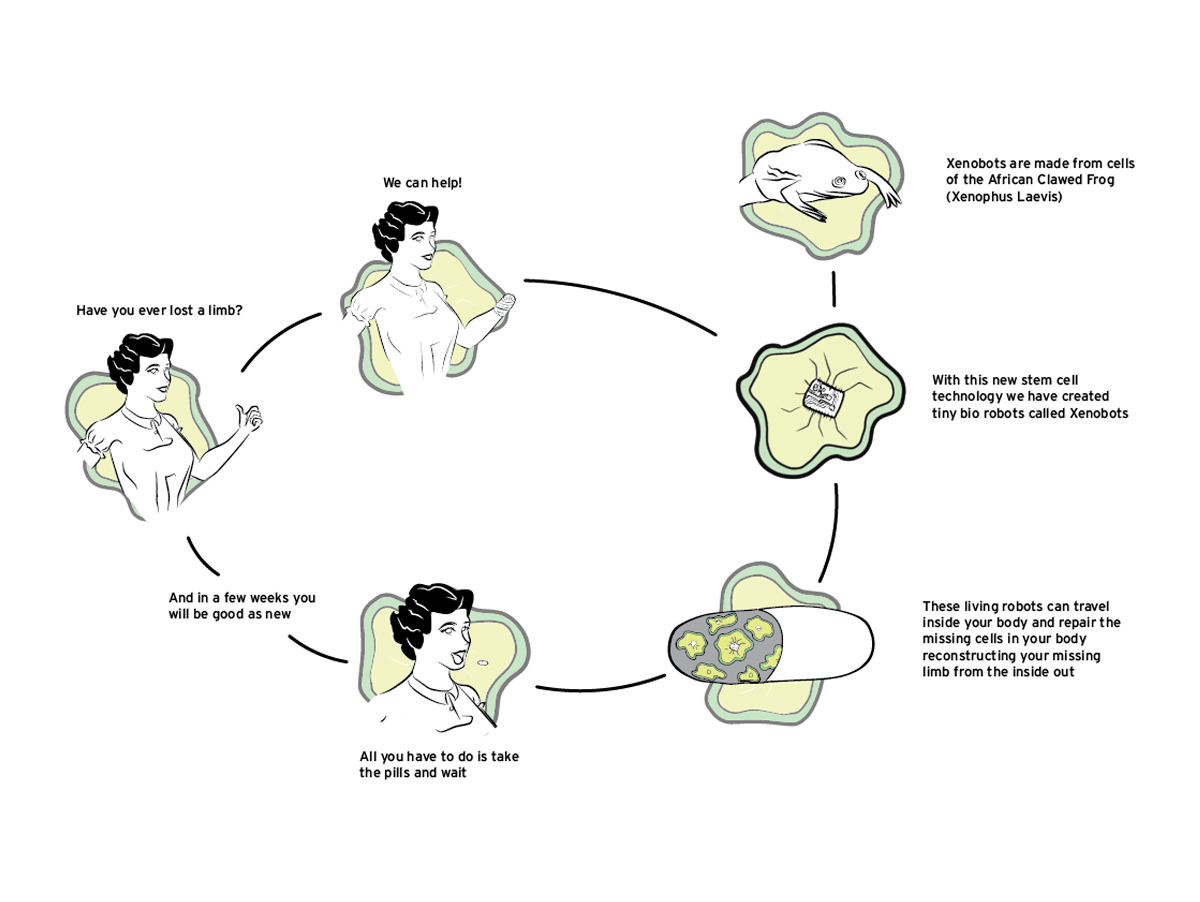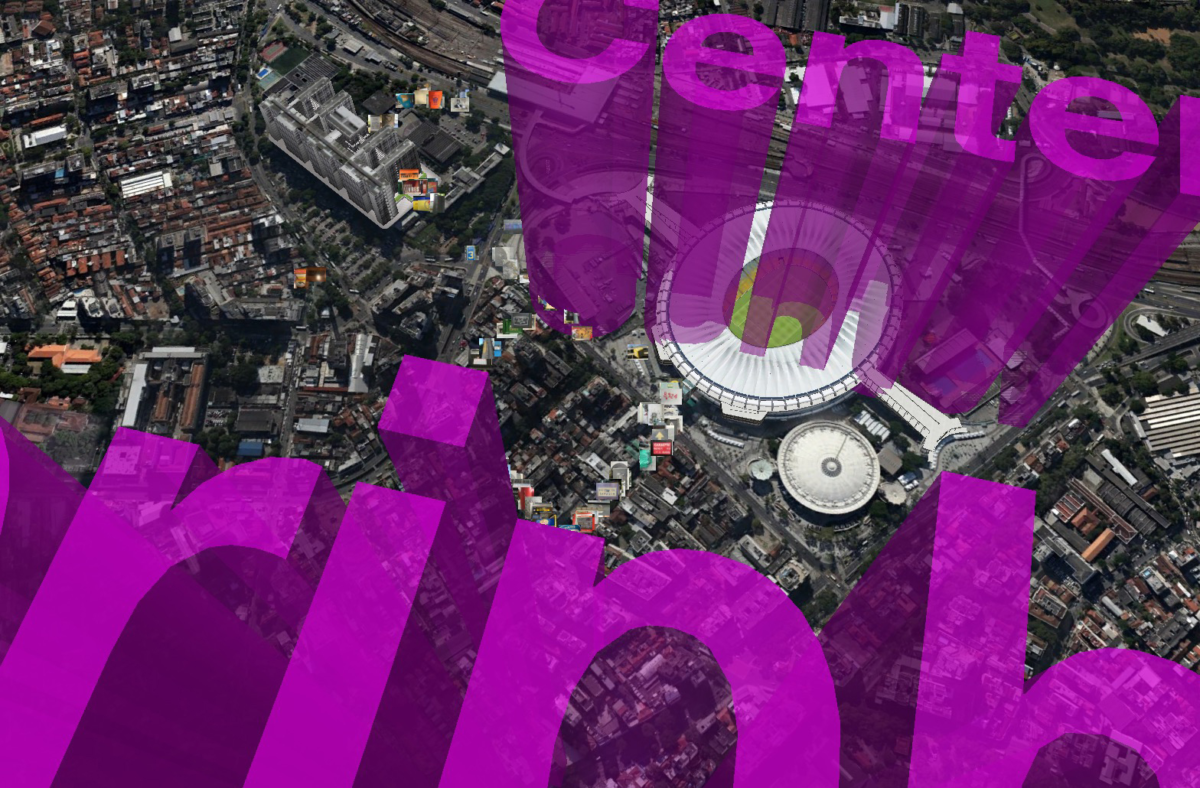Mehrdad Sedaghat-Baghbani
Assistant Professor
Florida Atlantic University
Having a logical and possible image of the future keeps us safe from natural disasters and leads us to welcome new opportunities. Through speculative design, we can propose future scenarios that we prefer rather than one we just encounter. Benjamin Bratton writes that “Speculative design confronts an uncertain and ambiguous future and seeks to give it shape.”
Design is a future-oriented discipline that goes beyond traditional realms of production and communication. It is expected that design plays a greater role of socio-technical intervention. Synchronizing design students and the educational system with these emerging demands has always been one of the main challenges of design educators. According to Dunne and Raby in their book Speculative Everything, designers should not just address issues of today, but also take a look into the future and ask, “How can we address future challenges with design?” In design education, it is vital to bring future thinking into class projects not only to introduce students to larger disciplinary conversations but also to provide them with critical tools to map a satisfying picture of the future as designer citizens. But it is important to understand that speculative design is not a prediction of the future. Rather, it creates a narrative of possible future realities that help us question the possible implications for all aspects of society.
In the course of an exercise in problem-solving and macro approaches to projects in an undergraduate level visual design course at Florida Atlantic University, students were asked to speculate about a product of the future by analyzing a current advanced technology. By studying the path of emergence and the development of that technology to date, they were able to speculate about the direction of this progress over a period of twenty years. Being careful to avoid temptations for fantasy, they were able to envision a future that is plausible and probable, but not impossible. In a four-week long project, the outcomes were various future products for society that were presented as prototypes and posters by the students in the class.
This presentation addresses the methods and processes we used to design the future as a Graphic Design class project, and it showcases several student projects in order to have a better understanding of the process.
This research was presented at the Design Incubation Colloquium 7.3: Florida Atlantic University on Saturday, April 10, 2021.

